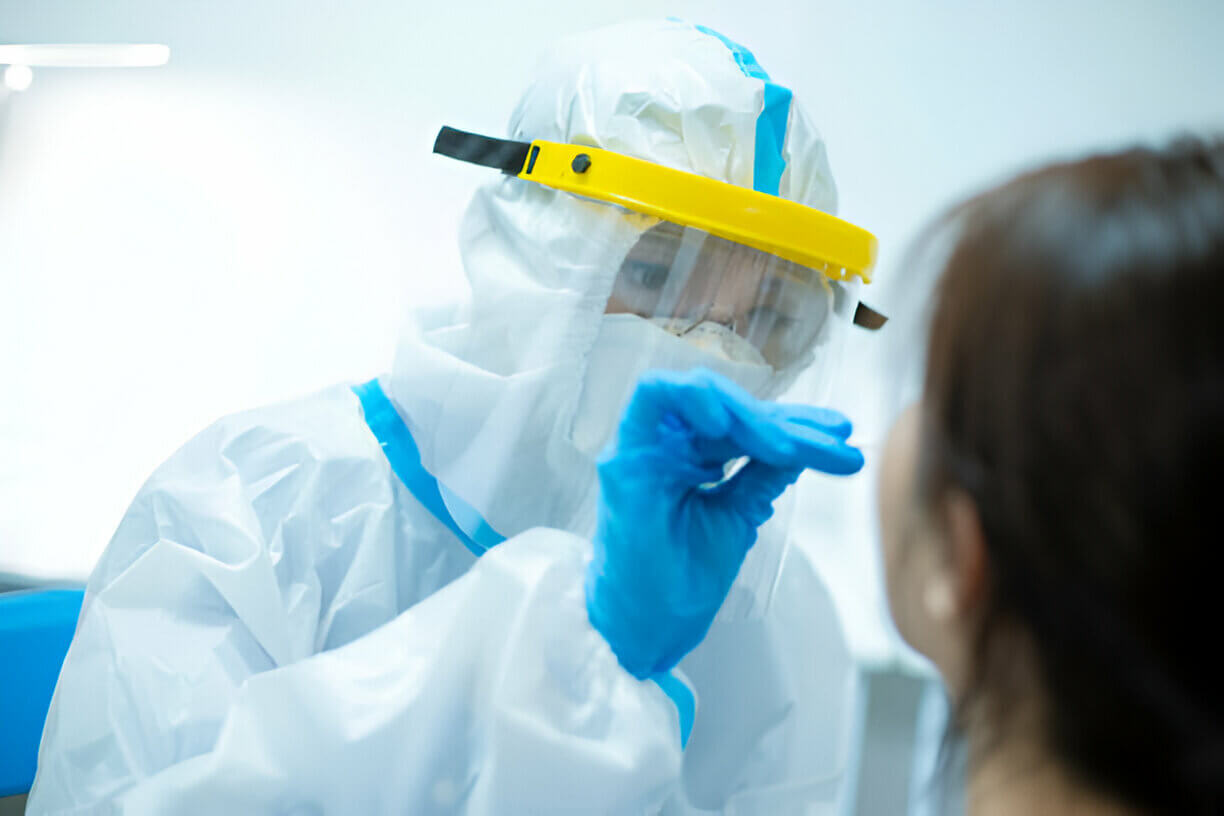How to Break a Nasopharyngeal Swab Correctly for COVID-19 Testing

Nasopharyngeal swabs are crucial tools in collecting samples for COVID-19 testing. However, these swabs are often longer than the transport tubes used to send samples to laboratories. To ensure proper storage and transportation, healthcare providers must break the swab at the right point. This article explains the correct procedure for breaking a nasopharyngeal swab.
Why Breaking the Swab is Necessary:
Nasopharyngeal swabs are typically 150-160 mm long, allowing healthcare providers to reach the sampling area without getting too close to the patient. However, transport tubes are usually shorter, ranging from 80-118 mm. Breaking the swab ensures that:
-
1. The swab fits into the transport tube
-
2. The portion of the swab handled by the healthcare provider is not included in the patient sample
The Break Point:
Most nasopharyngeal swabs feature a designated break point. This allows the swab to be easily snapped off at the appropriate length to fit in the transport tube.
Step-by-Step Procedure:
-
1. Follow the manufacturer's instructions if provided.
-
2. If no specific instructions are given:
a. Hold the transport tube in your non-dominant hand.
b. Grasp the nasal swab handle with your dominant hand.
c. Insert the swab into the tube, aligning the break point with the tube's edge.
d. Bend the swab handle downwards towards the outer side of the tube until it breaks or reaches the tube's side.
-
3. If the swab doesn't break on the first attempt, repeat the bending process until the collection tip separates from the handle.
-
4. Confirm that the broken swab fits in the tube by capping and sealing it.
Important Considerations:
-
✅Always wear gloves when handling patient samples.
-
✅The number of bending attempts required to break the swab should be recorded.
-
✅If the swab doesn't break after multiple attempts or if the swab tip ejects from the tube, it's considered a failure.
-
✅If the tube cannot be capped and sealed with the swab inside, it's also a failure.
By following this protocol, healthcare providers can ensure that nasopharyngeal swabs are properly prepared for safe transport to testing laboratories, maintaining sample integrity and reducing the risk of contamination.
Mantacc 96000 Flocked Nasopharyngeal Swabs: Superior sample collection for respiratory testing. Features 6" length, 83.5mm breakpoint, and ultra-efficient nylon fiber flocking for high-volume mucus collection. Safe, comfortable, and versatile for multiple medical and scientific applications.










